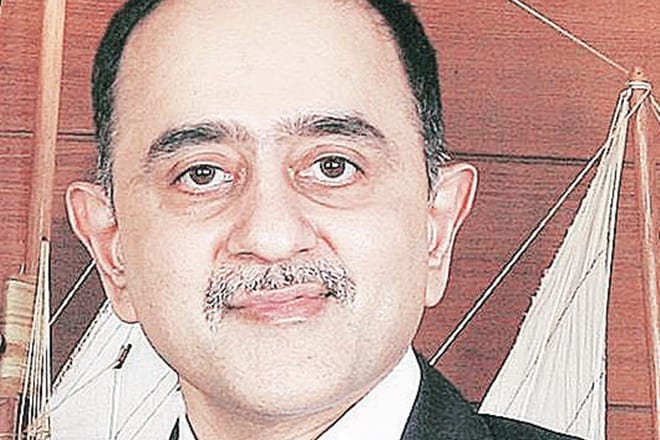Federal Bank saw corporate loan growth of 30% year-on-year (y-o-y) in the quarter ended December, even as demand for long-term loans remained low, managing director and chief executive officer Shyam Srinivasan tells Shritama Bose during an interview. The bank saw slippages worth Rs 411 crore, of which Rs 71 crore came from education loans in Kerala, he added. Excerpts:
You have seen a 22% y-o-y growth in credit, with even corporate credit rising 30%. Where is this growth coming from?
The portfolio growth, either sequentially or y-o-y, has been fairly well-diversified. Core retail has grown 27%, agri has grown 30%, SME has grown 20% and corporate has grown 30%. The parts that have de-grown are either the portfolios we had bought as some assignment portfolio, which was run down because that was a natural payoff, or the advances against deposits, which tend to be more opportunity-led. So, the overall portfolio growth is well-diversified and within each of them, home loans have grown 26%, and personal and auto loans on a small base have grown in almost three-digits. Corporate growth is very well-diversified. There are no large infra or long-tenure projects that we have grown in. We’ve grown in shorter-term loans to either AAA or AA finance companies or for specific purposes like consumption or in loans to FMCG (fast moving consumer goods) companies or real estate or chemicals or transport or food and agriculture products.
Your CASA (current account-savings account) ratio has slipped by 170 basis points and you’ve said it is because of the effect of demonetisation. Do you think credit growth may be looking better for the same reason?
I don’t know if we can one-to-one correlate that, but we are seeing signs of revival across the markets we are focused on. For us, Q3 last year was not weak. So, after the demonetisation bump-up in deposits (in Q3 FY2017), in this quarter certainly there is a reduction, because the CASA, particularly savings, had just ballooned. Over the last nine months, that has started trending down because people are either redeploying it or going into the market. Despite that, our CASA ratio continues to be at 33%.
What would be your forecast for loan and deposit growth for the full year?
Year-to-date, for the first nine months, our credit growth is about 16% and our deposit growth is closer to 10%. We see a similar improvement in the last quarter. So, that should give you 20%-plus credit growth and 14-15% deposit growth, driven by the need for keeping our CD (credit-deposit) ratio somewhere in the early to mid-80s.
Your margins have been rising in the last two quarters after a fall in Q1. Have you taken the full impact of the migration to MCLR (marginal cost of funds-based lending rate)?
A large part of the book is on MCLR. The residual book, as they mature, will turn to MCLR. About 15% is on base rate.
So, net interest margins (NIMs) won’t decline?
We have been guiding for somewhere around 3.25% and I think that’s where we’ll keep the guidance at.
What have slippages been like in Q3?
Slippages have been quite similar to the past quarter, except for one large impact on account of a bulk of education loans in Kerala, on which we have taken a one-time hit of Rs 71 crore this quarter. Total slippages for the quarter is Rs 411 crore. Recovery and upgrades have been spectacular this quarter at Rs 220 crore against Rs 110 crore last year. Overall credit cost is probably at an all-time low for us at 59 bps.
Do you have any significant exposure to NCLT-admitted accounts or those listed by RBI?
Nothing significant. It’s either provided for or it’s already written off or sold. So, we don’t have much of a residual tail impact of NCLT (National Company Law Tribunal) cases.
Can we expect asset sales, maybe in your life insurance joint venture?
We have no new information to add to what is in the public domain. We have IDBI Federal (Life Insurance), which is a joint venture. There’s a process underway, but we don’t know where and how it will play out. We’ve not yet finalised whether to exit or to stay or to increase our stake. All options are open.


